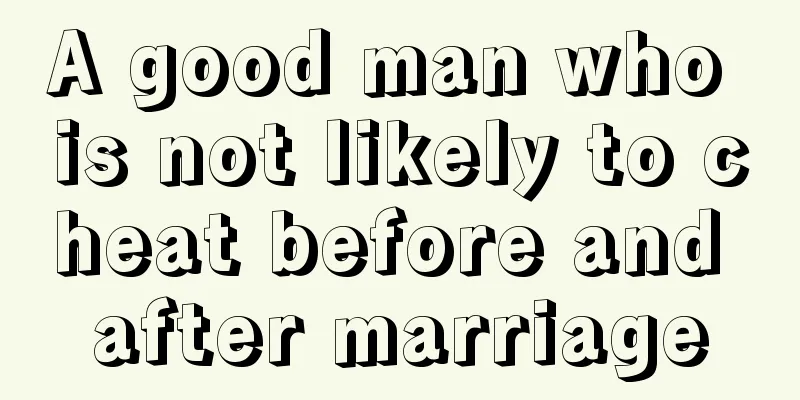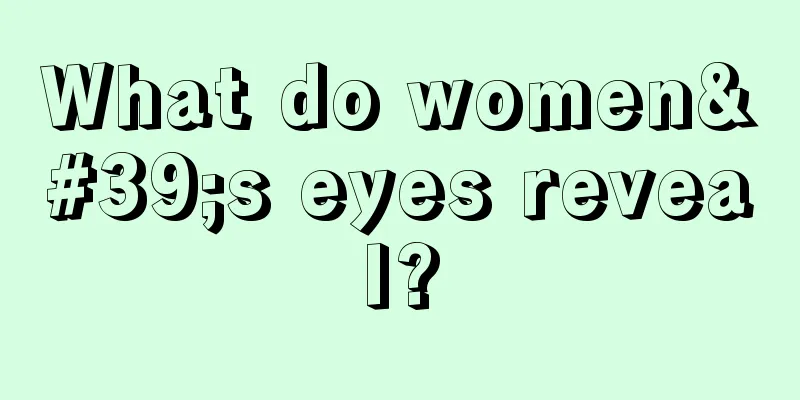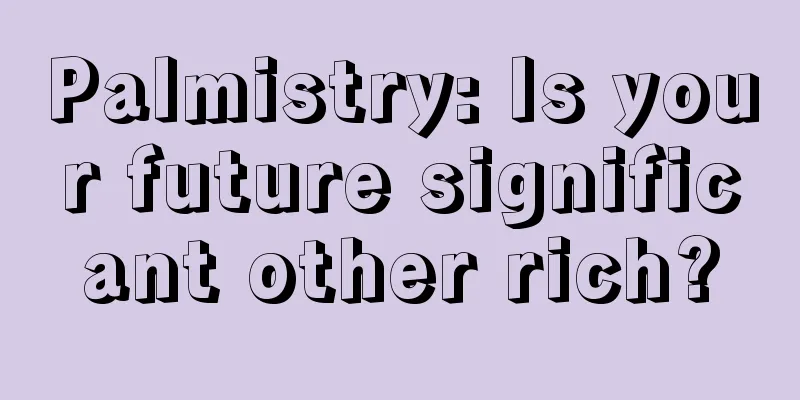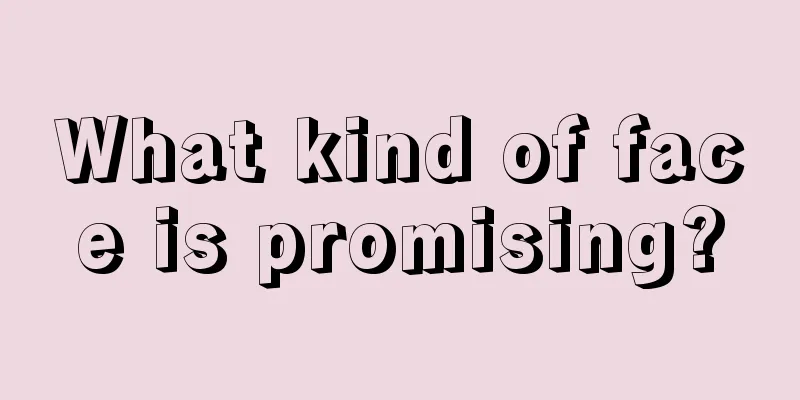[Recommended] Detailed explanation of the specific application scenarios of different types of blockchain
![[Recommended] Detailed explanation of the specific application scenarios of different types of blockchain](/upload/images/67e747d1c7e3a.webp)
|
Rage Review : The author Antony Lewis was the business development director of itBit, a Bitcoin exchange. At a meeting of the Monetary Authority of Singapore, he listened to many discussions by entrepreneurs in the blockchain field and noticed an interesting term, "proof of satisfaction", which led to many terms in this field. The author proposed some terminology suggestions based on his own perspective and expertise. Because no matter which industry, the formulation of standards is an important sign that the industry is on the right track. Translation: Annie_Xu The author of this article, Antony Lewis, is a Bitcoin and blockchain technology consultant and former head of business development at Bitcoin exchange itBit. In this article, he divides the applications of blockchain technology into two categories and explains why companies are increasingly interested in this division. On Tuesday, August 2, I had the privilege of attending a meeting jointly convened by the Monetary Authority of Singapore, Singapore’s central bank and financial services regulator. The 90-minute panel session featured rising stars in the field, including Blythe Masters, CEO of Digital Asset Holdings, David Gurle, CEO of Symphony, Daniel Gallancy, CEO of SolidX, and Tim Grant, Director of the R3 Lab and Research Centre. One of the panelists made me think about the use of blockchain for what she called “proof of satisfaction,” that is, proving that something satisfied the participants. It seems that there are two types of blockchain or distributed ledger technology: blockchain as a ledger of digital tokens and blockchain registries that record proof of activity (trading, betting, etc.). 1. Digital Token Ledger These ledgers record the ownership and changes in ownership of digital tokens. Tokens are divided into two categories: Digital assets: Tokens are assets, the classic example is Bitcoin. You can only own Bitcoin, you can't give it to anyone else and then get the underlying thing. Even if you show your Bitcoin to Satoshi Nakamoto, the founder of Bitcoin, he can't have the gold promised to you (just like the central bank and legal currency). Bitcoin is your asset and no one else bears any responsibility for it. Digital asset claim: This digital token allows someone to redeem what they promised you. This is a debt token, or an IOU. It is your property, but someone else’s responsibility. A classic example is user-issued tokens on Ripple. Banks issue tokens that represent assets, such as gold, or replace existing debt, such as cash deposits. These tokens can be transferred between different owners, and the shared ledger can record the transfer of ownership; the owner needs to ask the token issuer for the corresponding subject matter, just like showing the cloakroom check-in number card at the theater to ask for a coat. (Note: The tokens issued by users on Ripple should not be confused with its system token XRP, which is an asset) 2. Activity registration book The second type of blockchain contains data records, usually a fingerprint of the data called a hash, stored together with other non-sensitive metadata. Data represents something, but in the financial services sector, data may be certain transaction facts. This can keep trade secrets out of the industry's shared ledger while creating an indelible mark that can be retrieved when needed. For example:
It is important to note that if the hash values are well constructed, they cannot be reversed to the transaction facts. However, in the future, anyone can show others a copy of their transaction facts and point to the hash value that can prove the following facts:
This concept also applies to storing other data, such as images, news headlines, identity information, etc. Which blockchain should the activity be registered on? Private chain supporters prefer to store proof of activity in a database visible to known participants, because the audit mechanism can only be implemented under the premise that the identity of the writer is clear, and the operation cost on the private chain is lower. Supporters of public chains believe that if no transaction facts are transmitted and only hash values are stored, the Bitcoin blockchain can be used directly because it is the most tamper-proof and has been tested in actual combat. Using technologies such as the Merkle Tree to bind data and then transmitting this data set at one time can reduce costs. I personally think that the industry needs more specific terms to at least describe what we are talking about. I can personally provide a few terms, such as "distributed ledger with asset tokens", "distributed ledger with asset claim tokens", "distributed event registry". These terms may not be as sexy as "blockchain", but they are simple and clear. Summarize The use cases for blockchain seem to be many and varied: recording changes in ownership of digital tokens, recording timestamped activity to prove the existence of data or agreements. Bitcoin The Bitcoin blockchain consists of the following:
Ethereum The Bitcoin blockchain consists of the following:
Ripple Ripple is a distributed ledger:
Private Sector Events Registration These are not necessarily distributed, but their databases contain the following:
Distributed ledgers may not contain final settlement records of actual digital assets, such as stock ownership, unless the token is Bitcoin or a central bank-issued digital currency. In the private blockchain space, there are still privacy issues where competitors can gain access to your information. |
>>: The development speed of blockchain will far exceed that of the Internet
Recommend
Jiangsu Provincial High People's Court official account talks about "stealing electricity for mining"
Wu said blockchain learned that on August 19, the...
Coin Zone Trend: This Week’s Big Data on Ethereum Price Trends (2017-07-24)
ETH Weekly Report | Ethereum is in a narrow range...
Face analysis of Huang Xiaoming's career and marriage
Face analysis of Huang Xiaoming's career and ...
What does it mean when there are lines on the wisdom line?
What does it mean when there are lines on the wis...
Facial analysis of men with broad foreheads: Are they lucky or capable?
The forehead represents wisdom and blessing in ph...
The Biden administration may enact strict tax evasion regulations targeting global cryptocurrency investors
According to Coinnounce, the U.S. Internal Revenu...
How to read palmistry
The broken palm is a special type of palmistry. T...
Judging from your palmistry whether you are destined to work hard
Your destiny is in your own hands. Whether a pers...
What is Sheep's Eye?
In ancient physiognomy, eyes are divided into dra...
Marriage through face reading: face reading and palm reading that indicate unhappy marriage
Marriage through face reading: face reading and p...
What does it mean if a man has a mole on his eyebrows, between his eyebrows, or in his house?
What does it mean if a man has a mole on his eyeb...
What does it mean for a man to have crow's feet? Is it good for a man to have crow's feet?
Crow's feet appear very early By looking at a...
People whose behavior is always not recognized by those around them have long nasolabial folds
Are there some people in life whose behaviors are...
What is a pear vortex?
It is said that dimples represent a woman's b...
Auspicious moles and villain moles on the ears
Auspicious moles and villain moles on the ears In...









